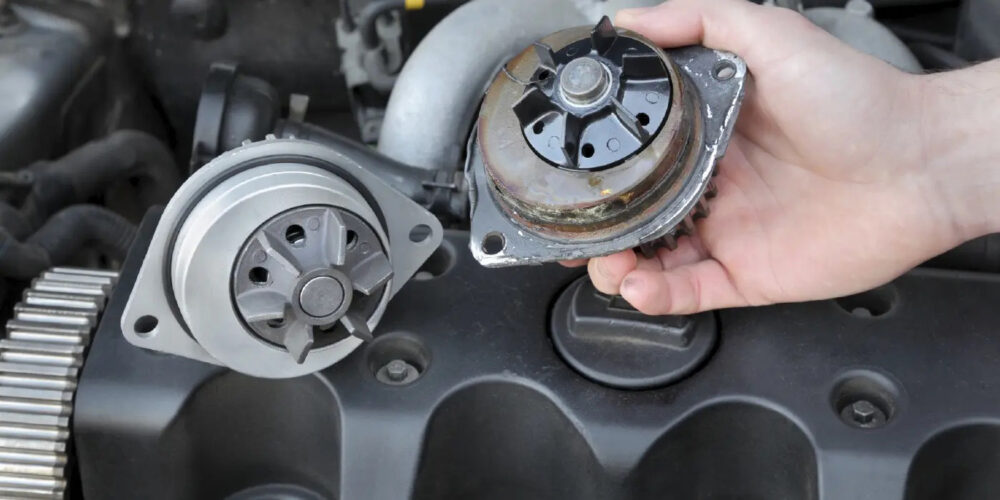Sample Review Questions:
1. Counterman A says a replacement battery should have the same or higher CCA rating as the original battery. Counterman B says a battery’s “group size” depends on the CCA rating of the battery and its post configuration. Who is right?
a. Counterman A only
b. Counterman B only
c. Both Counterman A and B
d. Neither one
2. What is the function of the diodes (rectifier assembly) in an alternator?
a. Convert Direct Current (DC) to Alternating Current (AC)
b. Convert Alternating Current (AC) to Direct Current (DC)
c. Regulate charging voltage
d. Regulate electrical system voltage
3. A gear reduction starter:
a. Uses gears to reduce friction
b. Uses gears to reduce cranking speed
c. Uses gears to increase cranking speed
d. Uses gears to deliver more cranking torque
4. The magnets in a permanent magnet starter do what?
a. Hold the shaft bearings in place
b. Replace the armature
c. Replace the field coils
d. Replace the brushes
ANSWER KEY
1A, 2B, 3D, 4C
EXPLANATIONS:
1. The CCA (Cold Cranking Amps) rating of a battery is how many amps it can deliver when cranking the engine. CCA ratings typically range from 450 to 1,000 CCA. Most engines require about 1.5 to 2 CCA for every cubic inch of displacement for reliable cold weather starting. A replacement battery should have the same or higher CCA rating as the original.
The Group Size of a battery depends on its physical dimensions (height, width and length) and post configuration (the top or side location of the terminals, and the orientation of the positive and negative terminals on the battery case). The group size has nothing to do with the battery’s CCA rating. A replacement battery must a compatible group size so it will fit the vehicle’s battery tray, battery holddown and cable connections. OEM group sizes are often consolidated to reduce the number of different batteries your store must carry to cover popular vehicle applications.
2. An alternator produces Alternating Current (AC), but the vehicle’s electrical system and electronics all require Direct Current (DC). Inside the back of the alternator are three pairs of diodes that allow current to flow in one direction only. This converts the AC voltage output to DC at the BAT+ terminal on the alternator. The alternator’s charging voltage and current will vary depending on the electrical load, the state of charge of the battery, temperature and engine speed. Most charging systems output 13.5 to 14.5 volts. The output voltage is controlled by a voltage regulator (internal or external), or by the vehicle’s powertrain control module (PCM). Charging problems can be caused by worn brushes inside the alternator, opens or shorts inside the alternator, by loose or corroded wiring harness connections at the alternator, or by the voltage regulation control circuit. Bench testing is recommended to verify the alternator’s output is good or bad.
3. Cranking an engine requires a lot of current (amperage) and torque, which requires a fairly large, heavy and powerful starter motor. By adding reduction gears to the starter drive, the size, weight and amperage requirements of the starter motor can all be reduced. Reduction gears provide leverage that multiplies the starter motor’s output. The gears have no effect on cranking speed. If an engine cranks slowly, the battery may be weak, there may be excessive resistance in the starter circuit electrical connections, or the starter may be failing.
4. Another change that has been made to reduce the size and weight of starter motors is to replace the outer field coils that surround the rotating armature inside a starter with strong permanent magnets.
Sections covered:











